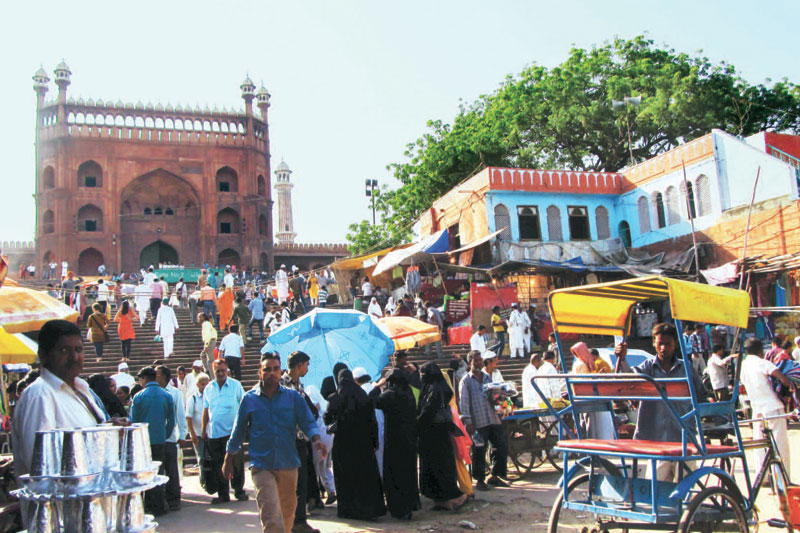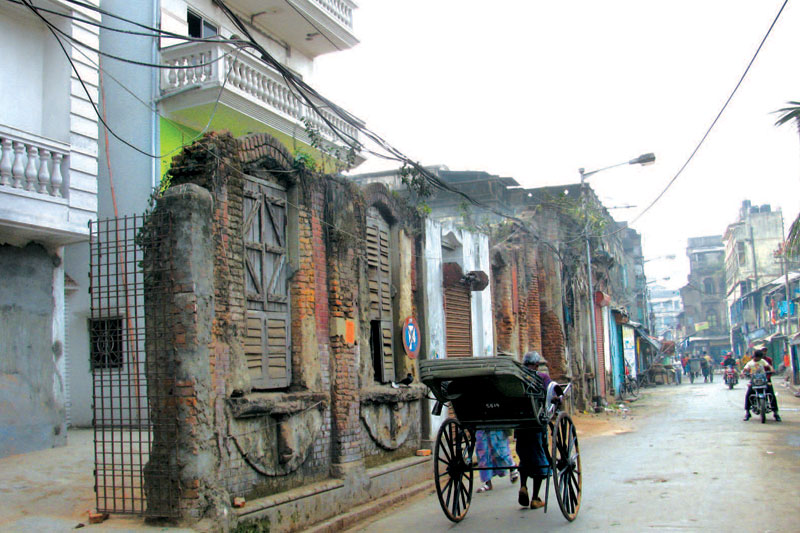Theory & Discorse
Memory Creating Identity for Landscape Forms | Prerana Chatterjee
LA 57 |
|
Time, memory and landscapes are closely linked together in that they inherently influenced each other. At any moment of time, the mindset and lifestyle of a society in that time will inadvertently affect the experience and identity of a landscape. As times change, so does the societal mindset and thus, so do their landscapes and public spaces.
That being said, cultural memory becomes a vital resource in the conservation of landscapes for it preserves the various layers of collective memories of historic landscapes as they have evolved over time.
|
|
 |
|
Memory defines forms of landscapes. No matter how surreal it sounds, it is actually a scientifically proven truth about human medical physiology that humans remember 'images'. These images are essentially born out of previously lived experiences in places which are preserved in memory as a set of objects in a space. The dawn of Modernism witnessed deterioration and destruction of past landscapes in war holocausts and other natural or man-made calamities which allowed establishment and evolution of 'memory' as representations of historic landscapes through images in media like paintings and photographs. In 1950, Maurice Halbwachs, a French philosopher, sociologist and a structuralist presented this concept to the world as the 'Theory of Collective Memory'. According to this theory, 'memory' always takes 'form' of a 'collective' setting and is preserved in the mind essentially as a composition of forms held together by lived experiences and expressions; these experiences and expressions may exist at an individual level (called 'individual memory') to a large-scale social level (called 'collective social memory'). In 1995, at the close of the twentieth century, Professor Jan Assmann for the first time related collective memory to the definition of cultural identity, essentially applying connection of these theories to understand the evolution of historic landscape settings, with their collective physical forms and images as their cultural identities over time. His study revealed different typologies of memory - landscapes viz. immediate 'everyday' memories, 'communicative' memories of people-groups and ranging to as large as prolonged collective 'social' memory, the latter being lived and experienced by several generations, thereby defining 'traditions' or 'cultural identities' over time. This connection between 'cultural identity' and 'collective memory' essentially formed foundation of understanding urban landscape as a 'memory-scape' in the twenty-first century.
|
|
 |
|

|
|
|
|
|